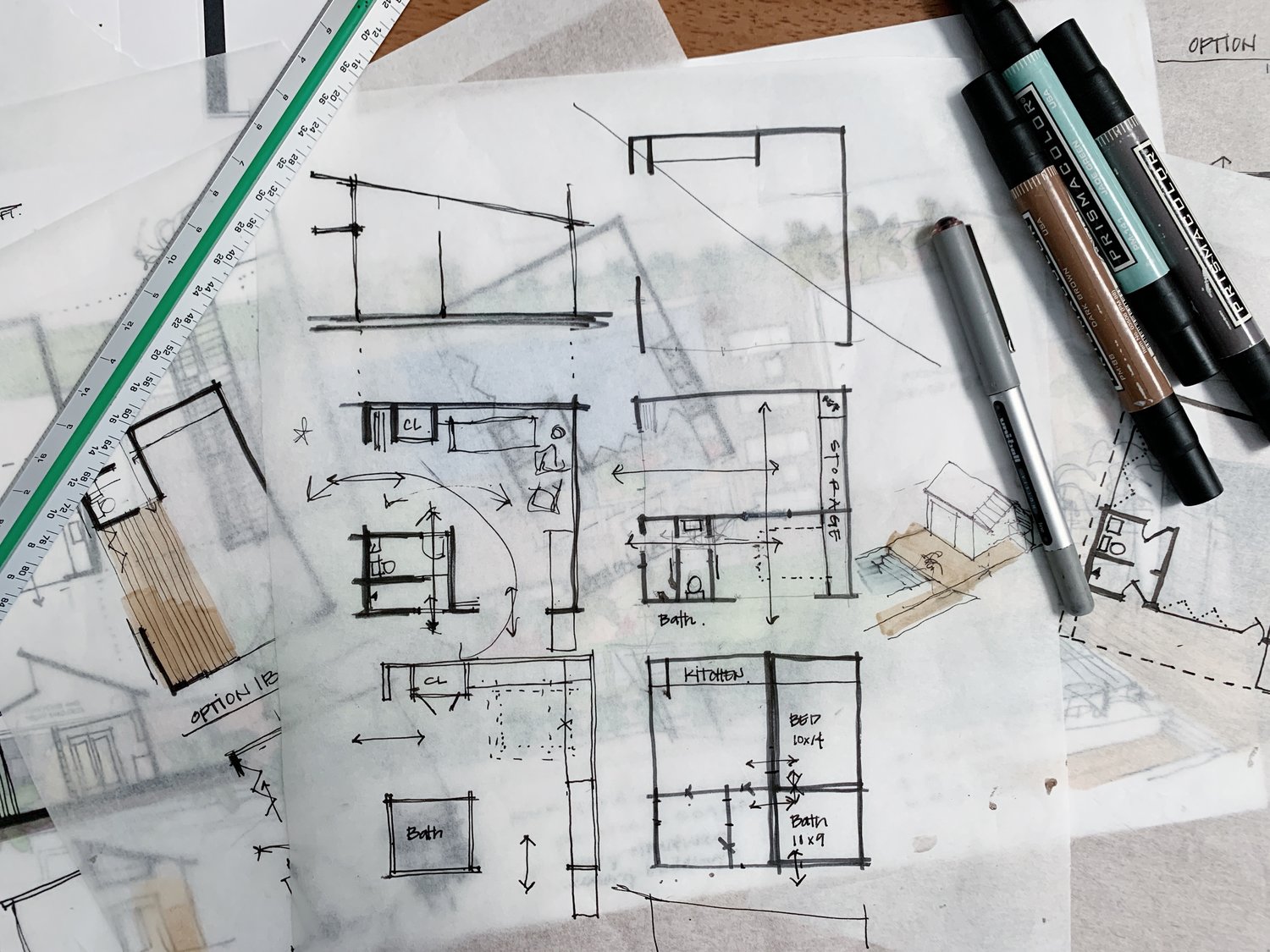- Home
- Articles
- Architectural Portfolio
- Architectral Presentation
- Inspirational Stories
- Architecture News
- Visualization
- BIM Industry
- Facade Design
- Parametric Design
- Career
- Landscape Architecture
- Construction
- Artificial Intelligence
- Sketching
- Design Softwares
- Diagrams
- Writing
- Architectural Tips
- Sustainability
- Courses
- Concept
- Technology
- History & Heritage
- Future of Architecture
- Guides & How-To
- Art & Culture
- Projects
- Interior Design
- Competitions
- Jobs
- Store
- Tools
- More
- Home
- Articles
- Architectural Portfolio
- Architectral Presentation
- Inspirational Stories
- Architecture News
- Visualization
- BIM Industry
- Facade Design
- Parametric Design
- Career
- Landscape Architecture
- Construction
- Artificial Intelligence
- Sketching
- Design Softwares
- Diagrams
- Writing
- Architectural Tips
- Sustainability
- Courses
- Concept
- Technology
- History & Heritage
- Future of Architecture
- Guides & How-To
- Art & Culture
- Projects
- Interior Design
- Competitions
- Jobs
- Store
- Tools
- More
Winning Strategies of Architectural Competition Projects

Architectural competitions are highly competitive events that require careful planning, innovative thinking, and strategic execution. Winning such competitions not only brings recognition but also opens doors to new opportunities for architects and design firms. This article explores some winning strategies employed by successful architectural competition projects, shedding light on key factors that contribute to their success. These architectural competitions play a vital role in the advancement of the field, driving innovation, promoting excellence, and shaping the future of the built environment. These competitions have significant importance for various stakeholders, including architects, designers, clients, and the broader society.
Thoroughly Understand the Brief
A comprehensive understanding of the competition brief is crucial. Successful projects carefully analyze the requirements, objectives, and constraints outlined in the brief. This includes studying the site context, user needs, sustainability goals, and any specific design criteria. By thoroughly grasping the project’s essence, architects can develop a design that aligns closely with the competition’s objectives, increasing their chances of success.
Conceptualize a Strong Design Narrative
Winning competition entries often have a strong design narrative that captivates the jury and effectively communicates the project’s vision. A compelling narrative creates an emotional connection and helps the jury visualize how the design responds to the brief’s challenges. It is crucial to develop a clear concept that showcases the project’s uniqueness and sets it apart from other entries.

Innovate and Push Boundaries
Innovation is a key ingredient for winning architectural competitions. Judges are often looking for fresh and visionary ideas that challenge existing norms. Successful projects demonstrate a willingness to push boundaries, explore unconventional design solutions, and embrace new technologies or materials. By presenting innovative concepts, architects can capture the attention of the jury and stand out from the competition.
Emphasize Sustainability and Resilience
In today’s architectural landscape, sustainability and resilience are critical considerations. Competition entries that showcase a strong commitment to environmental stewardship and resilience often receive favorable recognition. Incorporating sustainable design strategies, such as energy efficiency, passive design principles, and renewable materials, can significantly enhance the project’s chances of success.
Pay Attention to Context and User Experience
Contextual sensitivity and a focus on user experience are vital components of a winning design. Understanding the site’s context, local culture, and community needs allows architects to create designs that harmonize with their surroundings. Successful entries carefully consider the spatial qualities, functionality, and comfort of the proposed spaces, ensuring an engaging and user-friendly experience.
Winning competition entries employ compelling visual presentations to effectively communicate their design concepts. Utilizing high-quality renderings, diagrams, and models, architects can convey their ideas in a visually captivating manner. Clear and concise explanations accompanying the visuals help the jury understand the project’s key features and design intentions.
Collaborate and Seek Feedback
Successful competition entries often benefit from collaboration and feedback. Engaging with multidisciplinary teams, seeking input from consultants or experts, and incorporating feedback from peers can strengthen the design and address potential weaknesses. Collaboration allows for diverse perspectives and the integration of specialized knowledge, leading to a more comprehensive and refined submission.

Balance Creativity with Feasibility
While innovation and creativity are essential, it is crucial to strike a balance between visionary ideas and practicality. Winning projects demonstrate a thoughtful approach to constructability, cost-effectiveness, and the project’s long-term viability. Judges appreciate designs that are both imaginative and feasible, ensuring that the proposed solution can be realized within the given constraints.
Winning architectural competitions requires a combination of strategic thinking, design excellence, and effective communication. By thoroughly understanding the brief, developing a strong design narrative, embracing innovation, emphasizing sustainability, considering context and user experience, presenting engaging visuals, seeking collaboration and feedback, and balancing creativity with feasibility, architects can increase their chances of success in these highly competitive events. These winning strategies not only lead to recognition but also showcase the capacity of architects to shape the built environment and inspire future.
In conclusion, architectural competitions are of significant importance as they foster innovation, promote design excellence, engage the public, encourage collaboration, showcase emerging talent, shape the built environment, and drive sustainable practices. These competitions serve as dynamic platforms for architects to push boundaries, explore new ideas, and contribute to the advancement of the architectural profession and the betterment of society as a whole.

Submit your architectural projects
Follow these steps for submission your project. Submission FormLatest Posts
Using Textured Concrete to Achieve Wood Aesthetics in Architectural Hardscaping
In contemporary landscape and architectural design, material expression plays a crucial role...
Pedestrian Accidents Without a Crosswalk: Can You Still Recover Compensation?
Getting hit while crossing outside a crosswalk can feel like an instant...
8 Examples of Successful Disaster Resilient Architecture
As climate risks increase, architects around the world are creating innovative structures...
Preventing Cyber Threats in Smart Buildings by Design
The trend of integrating IoT technologies into buildings isn’t going away. More...












Leave a comment